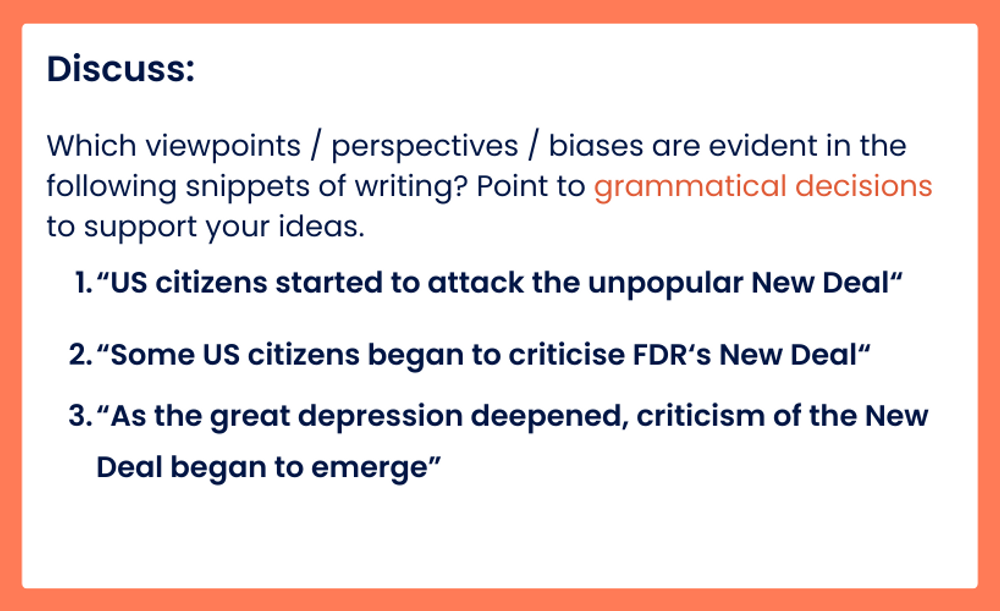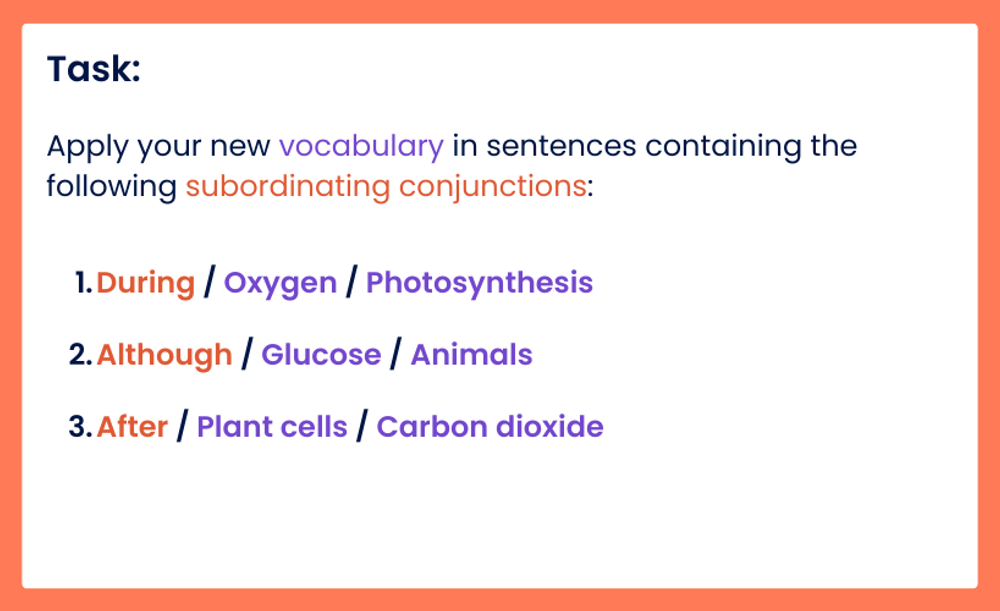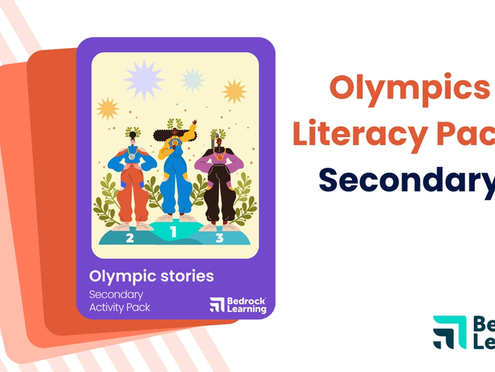The everyday importance of grammar
We use our language, every day, to influence, position and connect with the people around us, and anyone who has ever read a grammatically inaccurate or syntactically clumsy sentence in an email or article is aware of just how much the power of our messages can be punctured by inexactness.
Imagine my first sentence had read like this:
‘Have a sound know of the nuts and bolts, of the English language is crucial, for successful in school or beyond’
Would you read the sentence that followed?
But it isn’t just our writing that can be enhanced by grammatical knowledge. As Educator and Researcher Timothy Shanahan has argued, studies have shown “a clear relationship between syntactic or grammatical sophistication and reading comprehension; that is, as students learn to employ more complex sentences in their oral and written language, their ability to make sense of what they read increases, too” (2014). That equates to better comprehension of atomic structure in Science, of Cold War alliances in History, of printing techniques in Art and Design… the benefits extend way beyond the confines of the English classroom.
The academic consensus on this is clear; a developed grammatical knowledge base allows readers to generate coherence in the text and to pick up on the grammatical clues that aid readers in constructing meaning (Zwaan and Rapp, 2006; Aryadoust and Baghaei, 2016).
So, if our students will be better writers and better readers as a result of ‘knowing their grammar,’ we’d better start understanding how to get them there. Read this article for a more in depth analysis of how grammar and reading comprehension are connected.
The evolution of grammar instruction
Historically, the teaching of grammar has been concerned with accuracy and, as such, has been branded as uninteresting, fastidious, elitist and even as something oppressive to learners’ creativity. We think of grammar instruction and, for many, the image is one of the Victorian schoolmaster instructing learners in a long, complex and often incoherent set of rules, shaming anyone who falls foul of prescriptive judgements of ‘correctness’.
Indeed, for most people, grammar retains this association with judgement and shame (if you’re reading this as an English teacher, how many times have you been introduced to non-teachers whose reaction, on hearing your profession, is to recoil and say - ‘don’t judge my grammar!’) It doesn’t have to be like this. Grammar is not a fixed list of prescriptive rules; it is an ever-evolving system of describing how language creates meaning. As Webb and Giovanelli argue in their book ‘Essential Grammar,’ ‘It is not grammar which judges you; snobs judge you’ (2023).
If we are to bring grammar instruction back into the secondary classroom in a way that avoids such associations, we need to think about it in a different way. Fundamentally, grammar is about the making of meaning by exercising linguistic choice. As writers, learners should be able to choose from a range of creative ways of sequencing, foregrounding and expressing their ideas and, as readers, learners should be able to recognise and comment upon writers doing the same.
Modern classroom approaches to grammar
Debra Myhill’s work focuses on helping learners to appreciate the important differences achieved by making different grammatical choices. For her, the work of literary and linguistic analysis is furthered if learners have the knowledge to explore the impact of a particular grammatical choice over another. Our work as teachers, this approach sets forth, is to work with students to explore those different effects.
To support teachers practically in teaching grammar in this way, she has developed a set of pedagogical principles to guide planning and classroom interactions. First, teachers should make links between the grammatical concept and how it works in the authentic context of a piece of writing. Next, we should illuminate with examples rather than lengthy abstract explanations, if possible, drawing upon the wider community of professional writers. Finally, and most importantly, we need to build in high quality discussion about the impact of the grammatical concept and the potential reasons for choosing it over an alternative construction.
If we can do this successfully, we will be giving our learners the best chance of comprehending and engaging with increasingly complex texts.
Practical grammar insights for today's educators
1. Have discussions
Be alive to possibilities to discuss grammar and choice in the classroom. For example, in History, you might point to grammatical decisions in source material as a way of discussing and highlighting bias. Consider these (imagined) sentences about Franklin D Roosevelt’s New Deal which contain a wealth of illuminating grammatical decisions (the premodification in the noun phrases, the decisions on verb type, the agentless passive construction and the foregrounding of ideas with that subordinate clause in sentence 3 etc.) A useful way into any of these discussions is to ask how meaning would be changed if the choice was different.

2. Think about sentences
Get students thinking about sentence structure and the interrelationship between subject concepts with some complex sentence prompts.

Empowering students with Bedrock
Bedrock’s Grammar Foundations and Advanced Grammar curricula support schools in providing learners with the foundational grammatical understandings they need to ensure fluent reading comprehension. From simple word classes to more advanced ideas like progressive tense and active/passive voice, your learners will be given a comprehensive overview of all the grammatical knowledge they will need, as well as providing you with unparalleled insights into what your students know and don’t know when it comes to grammar. The learning sequence exposes learners to grammatical concepts in authentic fiction and non-fiction texts, and encourages students to move beyond rote learning to explore the impact of grammatical choices.




